Nigerian cuisine is aromatic and pungent, full of umami, smoky, spicy, bitter and sour flavours which produce complex tasting dishes. In many dishes, the depth of flavour is provided by smoked, fishy and fermented elements.
In many ways, the predominant flavours in our dishes – umami, smoky, spicy – are different from those in other cuisines.
To begin to understand ‘Tastes & Flavours’, it is necessary to look at a number of definitions of taste – which for me includes aroma – and flavour:
Taste, gustatory perception, or gustation is one of the five traditional senses that belongs to the gustatory system. Taste is the sensation produced when a substance in the mouth reacts chemically with taste receptor cells located on taste buds in the oral cavity, mostly on the tongue. Taste, along with smell (olfaction) and the trigeminal nerve stimulation (registering texture, pain, and temperature), determines flavors of food or other substances. Humans have taste receptors on taste buds (gustatory calyculi) and other areas including the upper surface of the tongueand the epiglottis; Source: Wikipedia
Flavor, or flavour (see spelling differences), is the sensory impression of food or other substance, and is determined primarily by the chemical senses of taste and smell; Source – Wikipedia
Understanding our cuisine is of prime importance if we are going to show the world its awesomeness. That’s my purpose and practise in the New Nigerian Kitchen – not only to show new uses of old, familiar ingredients – but also to describe, categorise and document scientifically what and how our food is.
Various cuisines approach a description of tastes in different ways:
- Nigerian cuisine is characterised by umami, spicy, bitter, spicy, sour and sweet flavours and this is the very first attempt at describing and documenting them in literature! And yes, I’m mighty proud of myself.
- In Western cuisine, salty, sweet, sour, bitter and umami (crowned in 2002) as the fifth flavor/ taste.
- Ayurvedic nutrition describes Six Tastes (Rasas) of Food: sweet, sour, salty, bitter, pungent and astringent, each with its healing properties. Various combinations are believed to provide nutritional value. Ayurverdic nutrition also prescribes and ‘order’ of eating where predominant tastes are served one after the other beginning with Sweet then Sour, Salty, Bitter, Pungent, Astringent and finishing with Sweet
Let’s begin
Umami
Umami is a loanword from Japanese, where it describes a pleasant savory flavour in food. Hard to describe, most people taste it through receptors specific to glutamate. Glutamate is a natural compound present in savory produce which may intensify as a result of fermentation – seeds and nuts, like iru, une, soybean – or when cooked – tomatoes, meat broths, etc.
Majority of Nigerian dishes – ‘stews’ and soups, Jollof Rice, Beans and more are rich with umami because of the ingredients. The sourness in fresh tomatoes reduces when cooked and cooked down, leaving an intensity of flavour which forms the bedrock of Nigerian tomato stew and Jollof Rice. It might account for the popularity and essentialness of these dishes in our cuisine.
Our soups too are full of umami – from the use of fermented seeds as seasoning, to ground crayfish and other seafood products. There is also a distinct saltiness – one that appears present in local salts like those used in the south of Nigeria for pepper soup and Ukodo, a pepper soup pottage.
Read: Fermented seeds in Nigerian Cuisine
Ughweri – native salt
In other cuisines, umami is present, like in Parmesan and other hard Italian cheeses, fish sauce of Thai cuisine, Anchovies in Mediterranean foods and others and more.
The seasoning many brands of instant noodles is umami-rich – one reason why it might appeal to many.
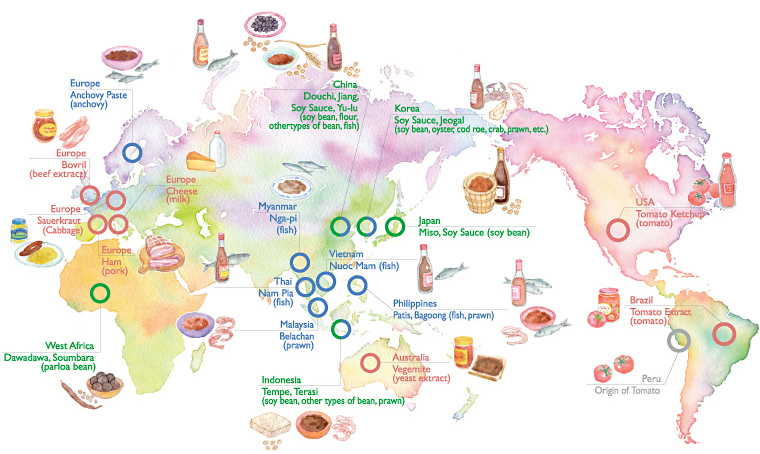
Spicy
Nigerian cuisine is spicy, sometimes mistaken for ‘pepper’. Spice is multi-dimensional – it encompasses nutty, caramel, bitter, peppery and pungent flavours and criss-crosses umami and bitter, sour and sweet and more.
A number of Nigerian spice blends – yaji, pepper soup spice, banga spice are ‘spicy’. The complexity in them is the result of quite clever – even sophisticated mixing of nuts, seeds and spices.
Take yaji – suya spice. Based on peanuts, it is combined with dried aromatics – ginger, garlic; chilies and other unique Nigerian spices to create a complex spice blend that adds everything to a dish – sweet, smoky, spicy, bitter and an overall richness. The addition of the grilling method is also perfect for this spice – proof that Nigerian cuisine is highly evolved.
The basic seasonings in stews and rice dishes – curry powder, dried thyme, ginger and garlic are also ‘spicy’.
Smoky
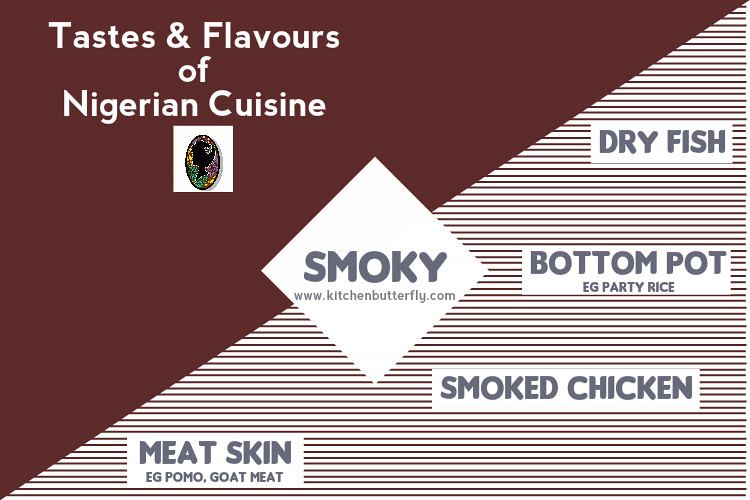
Why have I put smoky as a flavour? Because it is a distinct, recognisable element in Nigerian food. It is a highly desirable flavour in our food – everything from bottom pot (prized in many cuisines – socarrat in Spanish cuisine & Paella and Tahdig with the Persians. It is the Maillard reaction pushed to the very edge of caramel and smoke.
Now some say it is more aroma than flavour, others say that a taste is only a taste if it can be recognised by taste receptors in the mouth. I think your taste buds adapt to what you are ‘nurtured’ with as opposed to what nature gifts you with at birth and mine taste smoke.
A lot of the smoke in Nigerian cuisine is the result of traditional methods of preservation – the smoking of meats and fish which then made its way into majority of dishes.
Sour
Sourness appears in Nigerian cuisine in a number of ways – in fruit: citrus, agbalumo; drinks – palm wine; fermented foods – gari, yogurt, tamarind and other ingredients.
The sourness skirts the spectrum, from tart and sharp – citrus, to powdery in all cases causing a slight recoil of the tastebuds.
Bitter
There is a fair amount of bitter in Nigerian cuisine – from vegetables to herbs and spices. It features in our soups and sauces, and many laud it for its medicinal benefits. My mum told me once that every single Nigerian ‘soup‘ benefitted from the addition of bitter leaf.
Sweet
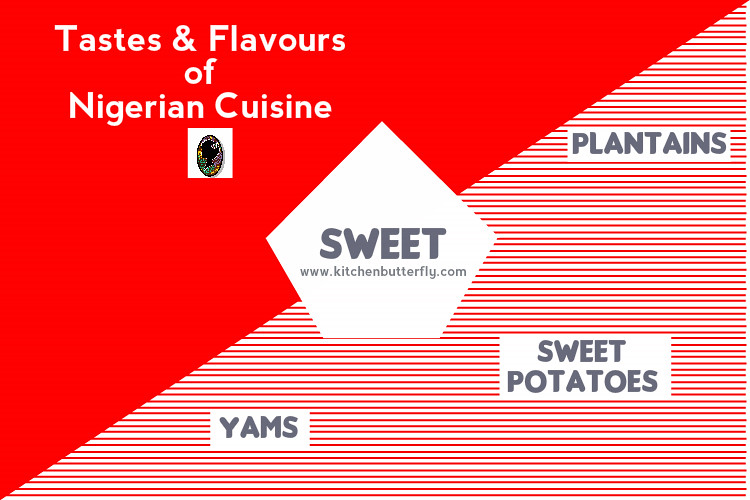
Sweetness in Nigerian cuisine is predominantly found in fruits and starches from sugar cane to plantains, yams and sweet potatoes. Cooking techniques to – roasting and frying also accentuate the sweetness.
Though Nigerians aren’t a typical dessert-eating culture, cakes, ice cream and the like are popular.
—–00000—–
So now we know the key flavours in Nigerian food, we can begin to look at the major keys to balance in dishes and combinations. We can see how smart Nigerian cooks have always been with combinations and textures and flavours. That’s Part 2.

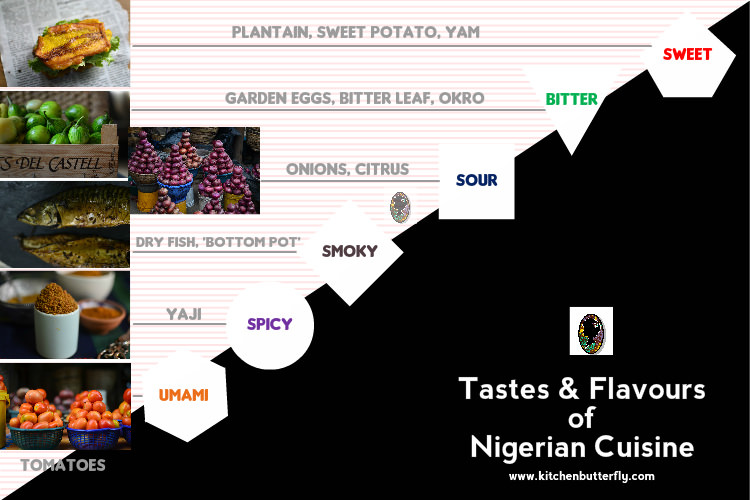
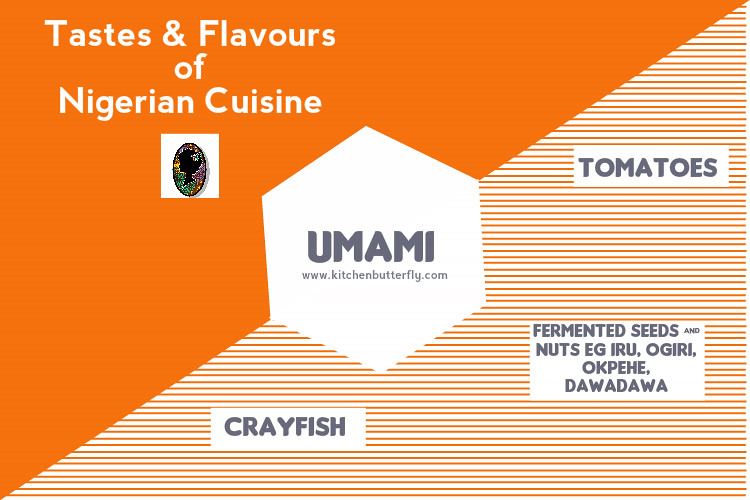
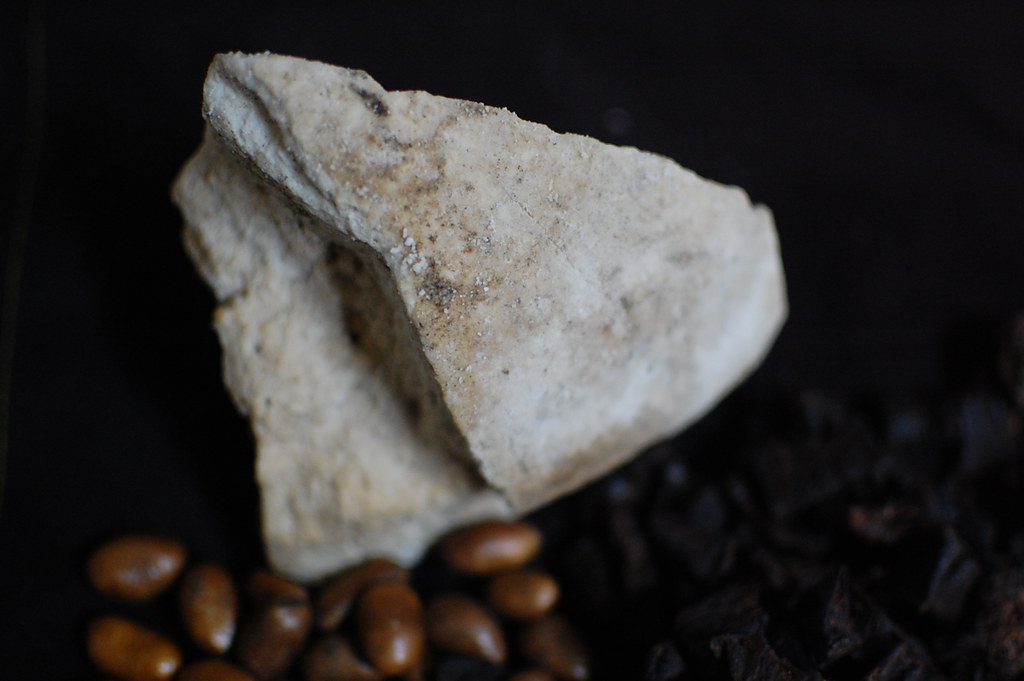
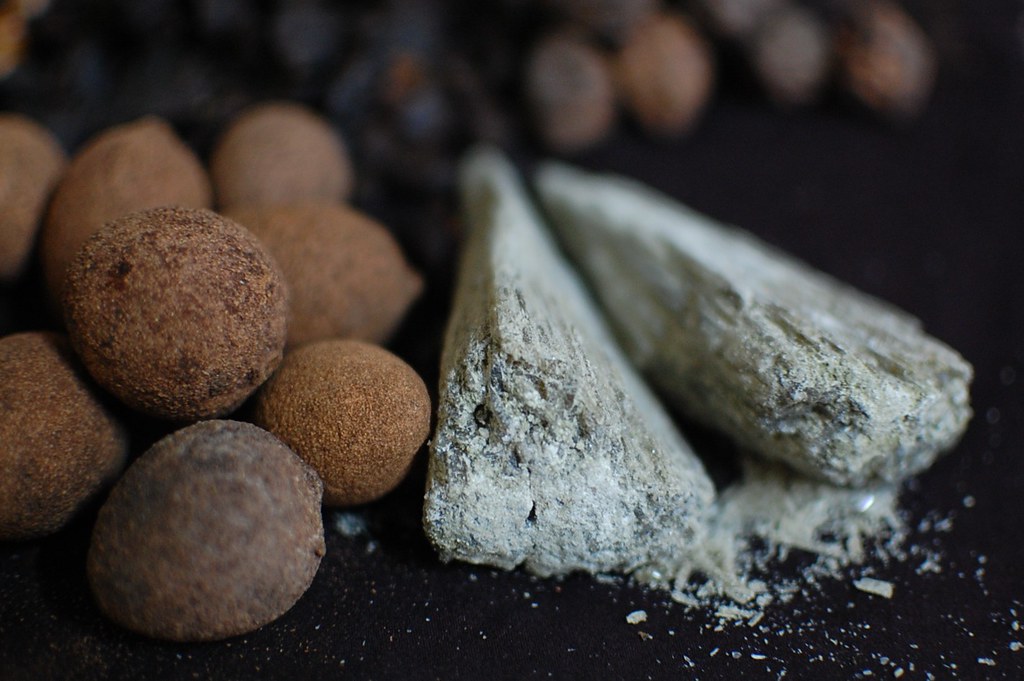
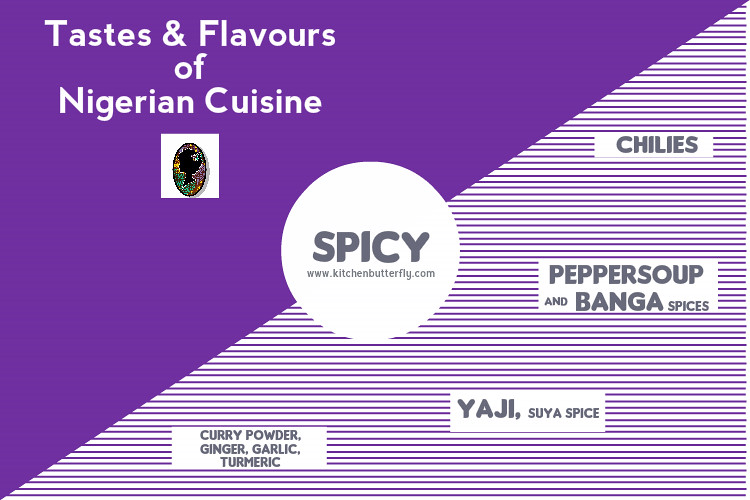
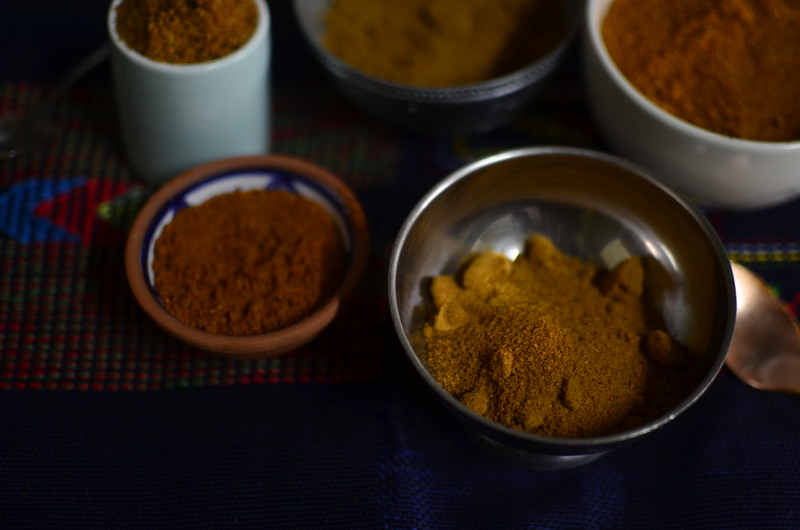
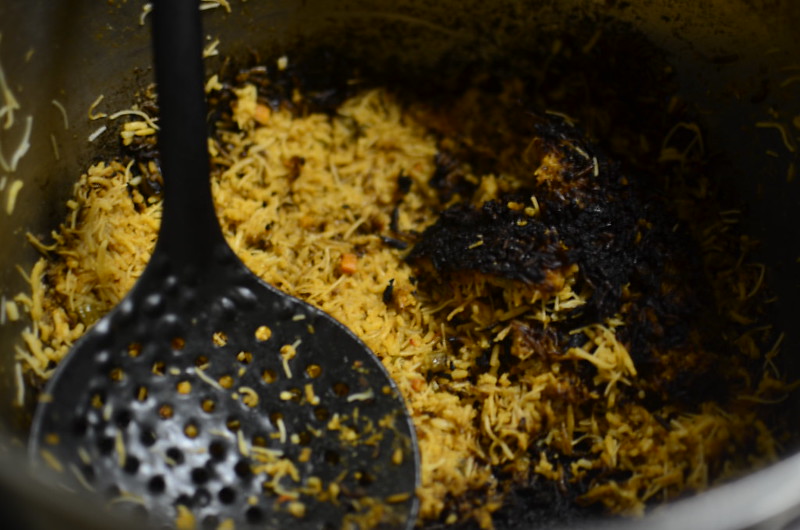
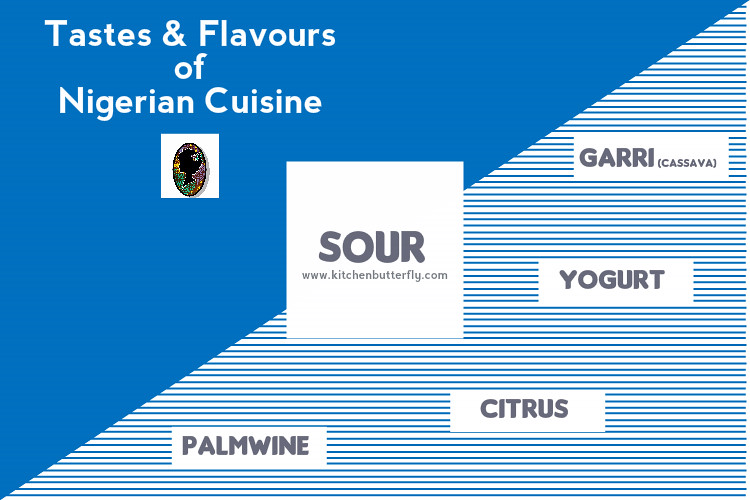
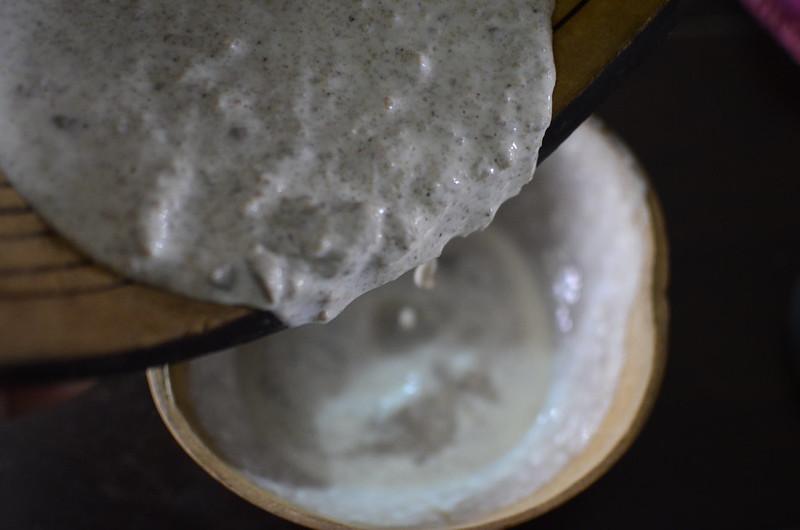

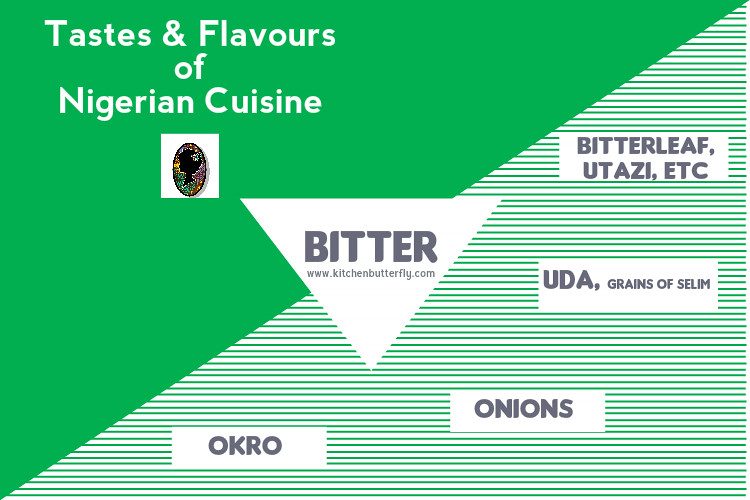
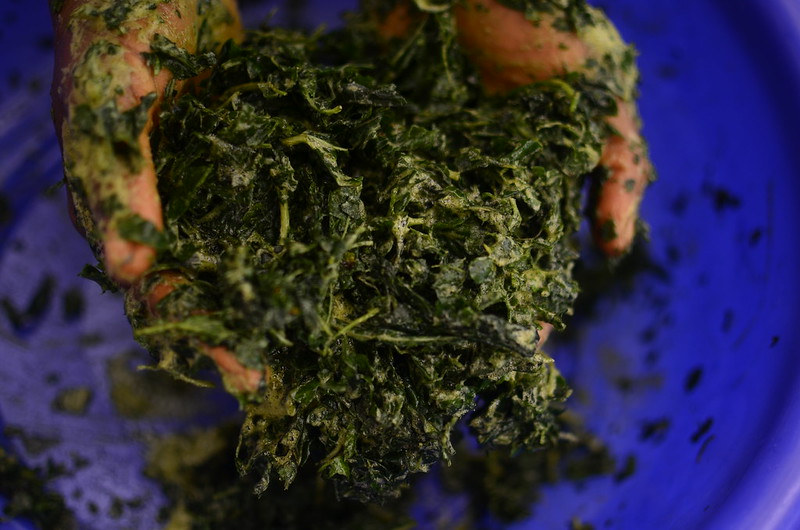

Leave a Reply